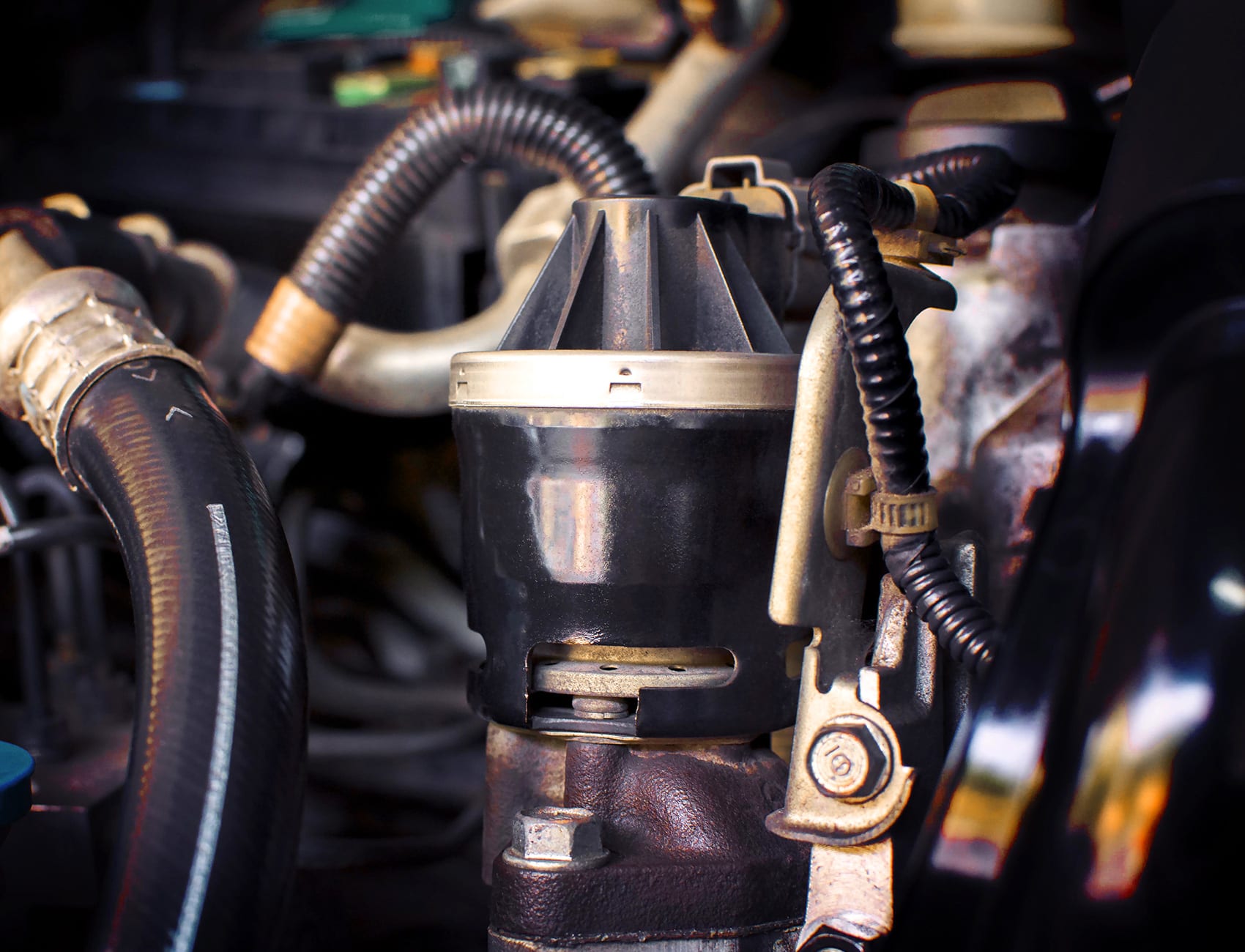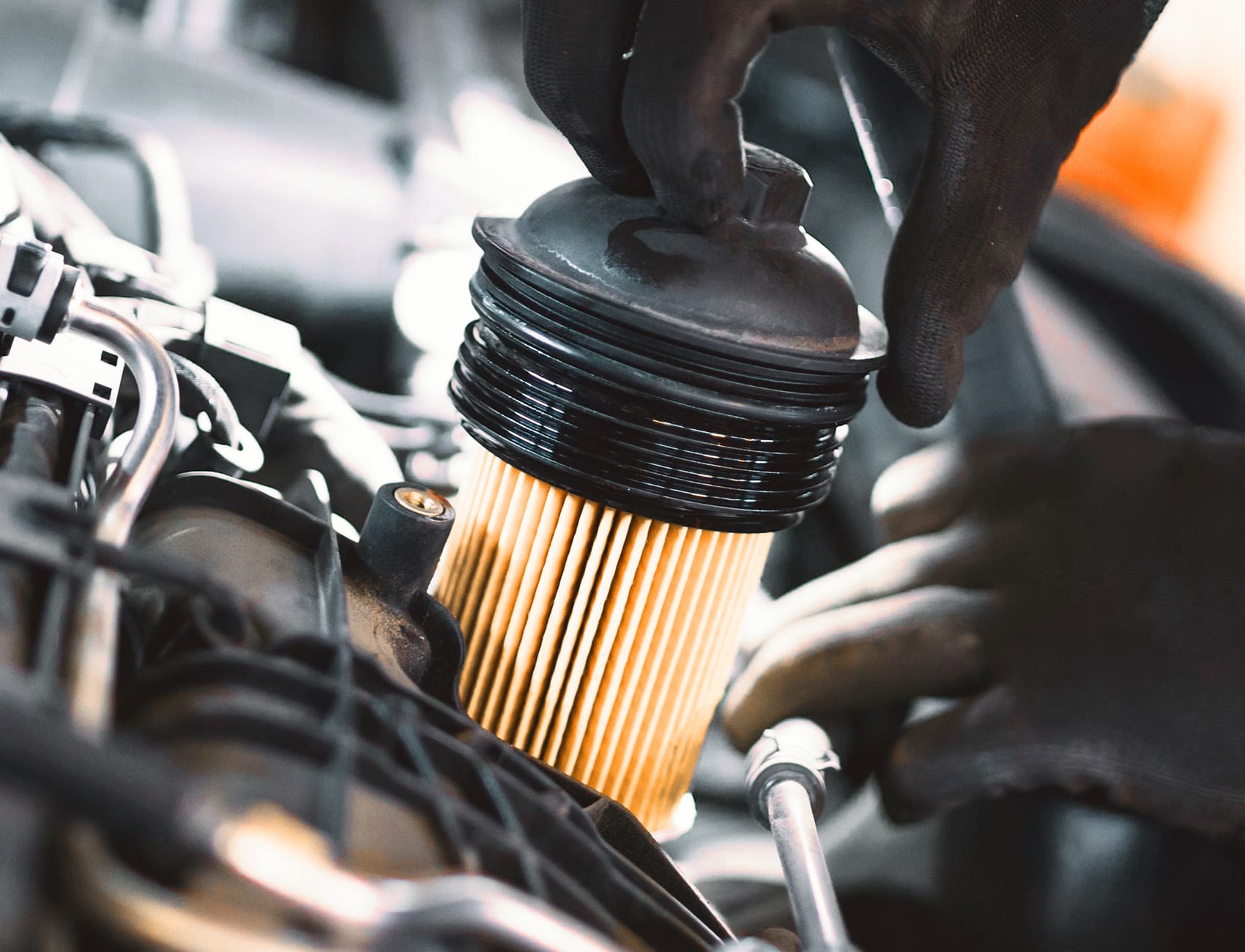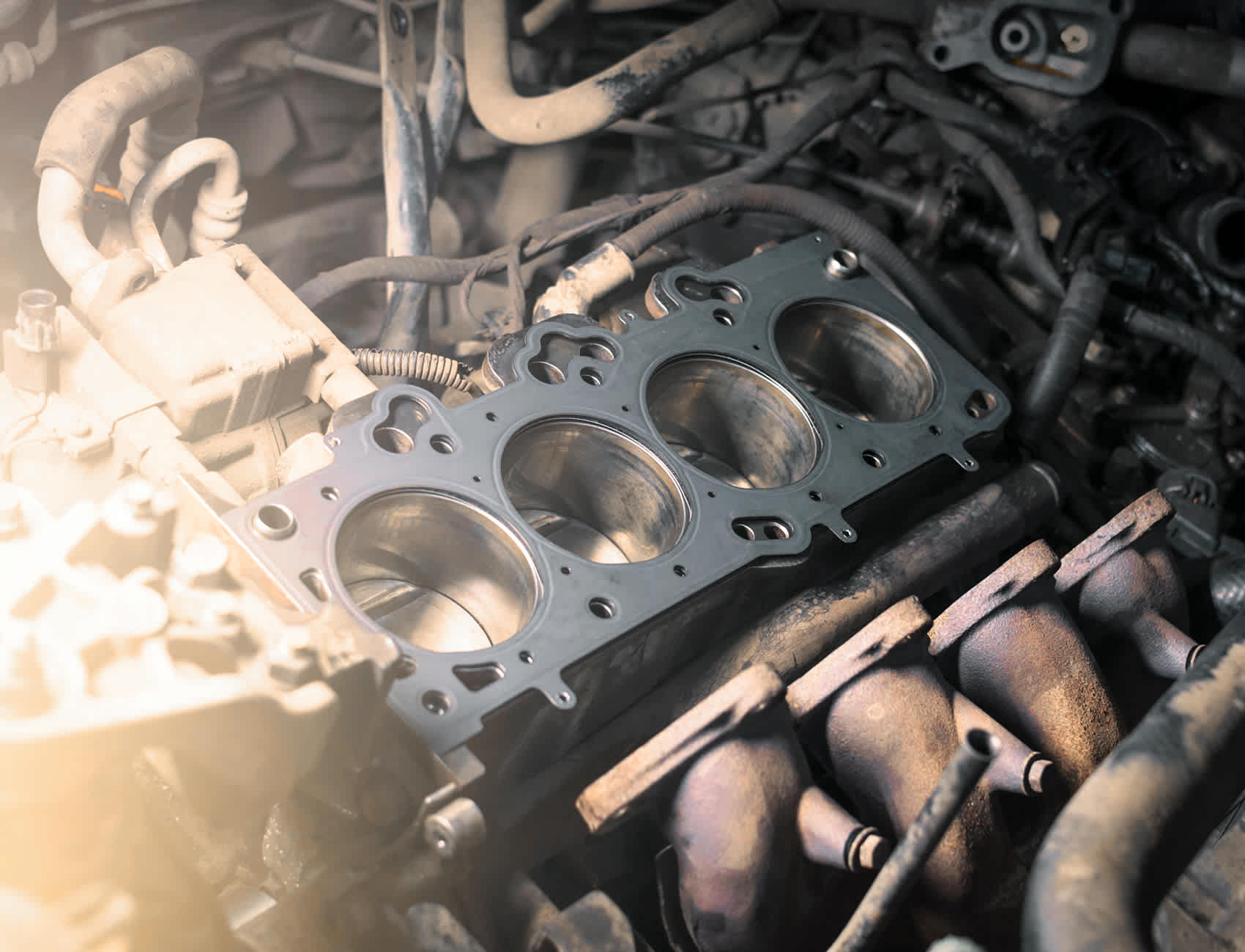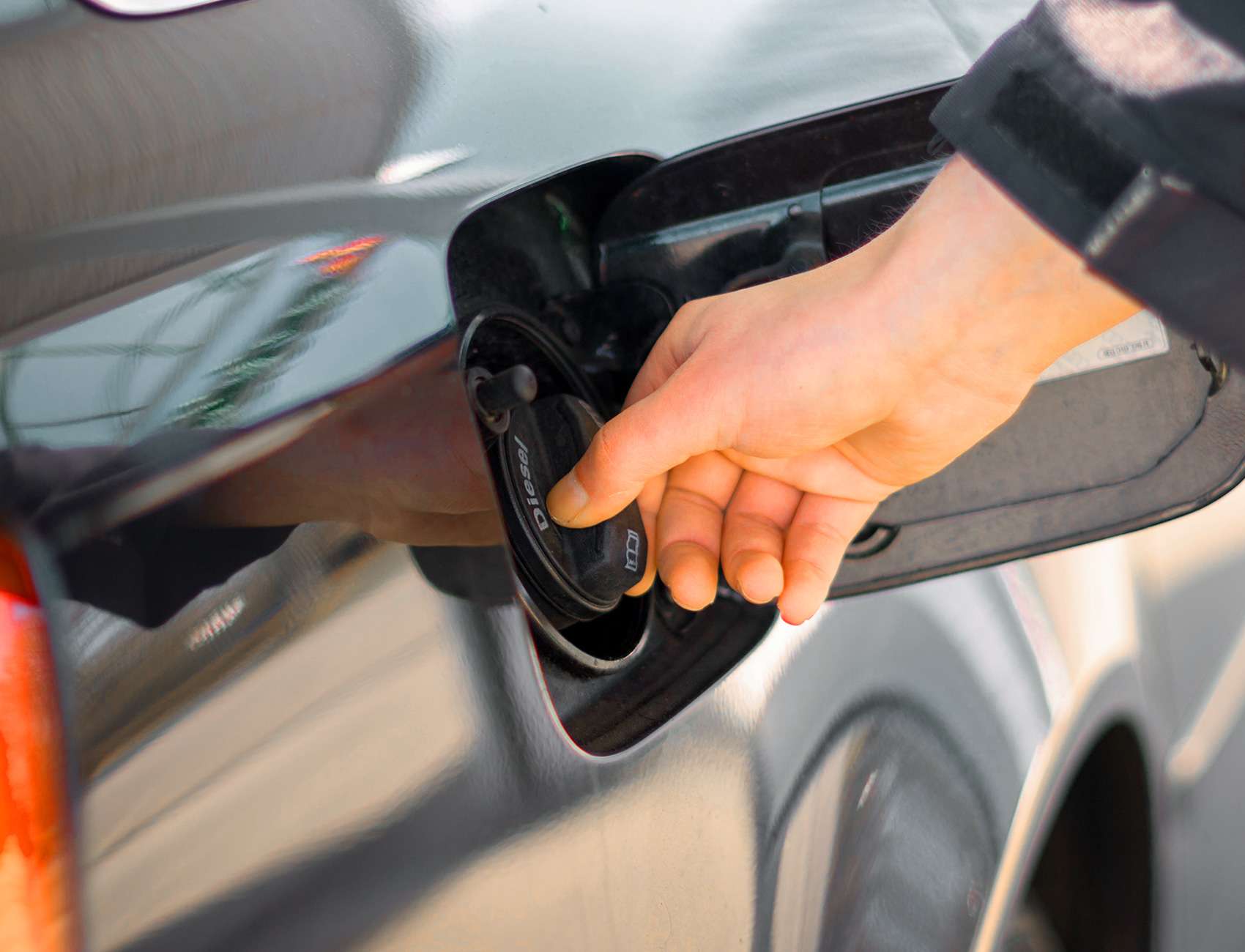What's Causing Your Check Engine Light to Flash?
The most nerve-racking part about having an illuminated check engine light (CEL) is not knowing what triggered it. The severity of the issue can range from something as simple as a loose fuel cap to a more serious problem like a faulty catalytic converter. Either way, you won’t know for sure until you pull out the necessary tools to diagnose your vehicle or have it checked by a certified mechanic.
What Does a Flashing Check Engine Light Mean?
The check engine light, also known as the malfunction indicator lamp (MIL), lights up whenever your engine has a problem that could lead to increased vehicle emissions.
If the check engine light is flashing, it indicates the engine has a misfire or fuel control fault that could damage the catalytic converter. A thorough diagnosis is necessary to determine the exact cause of the issue.
Can You Drive With a Flashing Check Engine Light?
You shouldn’t drive your vehicle until you identify what’s causing its check engine light to flash. Driving with a misfiring engine can quickly damage the catalytic converter and lead to costly repairs. To find out why your check engine light is flashing, you’ll need to perform a thorough diagnosis of your vehicle.
Start by plugging a scan tool or code reader into the OBD-II diagnostic connector under the instrument panel to retrieve the diagnostic trouble codes (DTCs) stored in the engine computer’s memory. These codes won’t tell you exactly what's wrong with your vehicle, but they will also serve as a starting point for further troubleshooting.
You can also bring your vehicle to a repair shop for diagnosis. The check engine light should turn off once the issue has been resolved and the DTCs are cleared.
What Is anEngine Misfire?
An engine misfire results from incomplete combustion. In most cases, the misfire will allow unburned fuel to pass into the exhaust system. The fuel ignites and burns once it reaches the converter, which shoots up the converter’s operating temperature.
Engine misfires usually occur when one or more cylinders fail to fire correctly. They can make it difficult to start your vehicle and cause it to stall and vibrate excessively.
What Causes anEngine to Misfire?
Cylinder misfires are typically caused by the following issues:
-
Loss of spark from the spark plug
-
Improper air/fuel mixture
-
Loss of compression
Symptoms of anEngine Misfire
A misfiring engine has several telltale signs. If you notice your vehicle exhibiting one or more of the symptoms below, it may be time to have it checked by a professional.
-
Illuminated or flashing check engine light
-
Rough idling
-
Hesitation or slow acceleration
-
Excessive vehicle vibration
Common Causes of a Flashing Check Engine Light
There are a lot of reasons why your vehicle’s check engine light is flashing. Below are some of the most common ones:
Ignition System Problems
The ignition system is responsible for creating the electric spark that ignites the air/fuel mixture.
Any issue with its parts, such as bad
spark plugs or a faulty ignition coil, may cause the engine to misfire.
Bad Spark Plugs
Spark plugs that are worn-out or contaminated can cause a misfire that’s severe enough to cause the check engine light to flash.
-
Parts Cost: $10 - $20
Buy from -
Labor Cost: $60 - $150

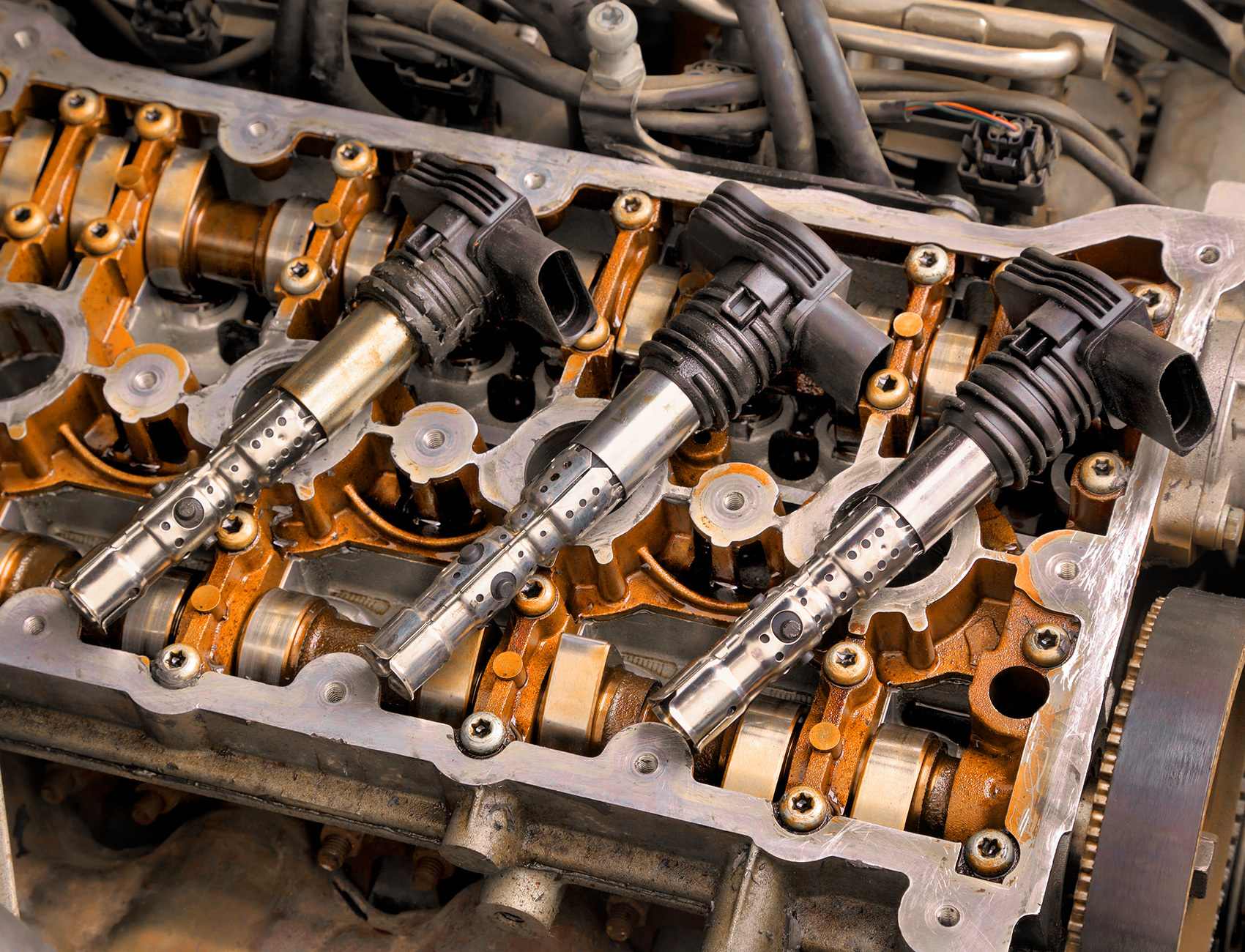
Ignition Coil Failure
Ignition coils create a high-voltage spark using electromagnetic induction to ignite the spark plugs. If they fail, incomplete (or zero) air-fuel combustion may occur, resulting in an engine misfire or a no-start condition, depending on the coil’s design.
Ignition coil failure usually happens due to a weak ignition coil, low voltage to the primary side of the coil, an open coil or spark plug wire, or a defective pickup coil or module.
-
Parts Cost: $20 - $60
Buy from -
Labor Cost: $100 - $150
Air/Fuel Delivery Problems
The fuel delivery system makes sure the engine has sufficient fuel. Problems like clogged fuel injectors
and a bad fuel pump may throw off
the air/fuel mixture, resulting in an engine misfire.
Clogged Fuel Injector
Fuel injectors deliver fuel to the engine’s cylinders. If they get clogged or stuck, the engine won’t receive the right amount of fuel (either too much to too little) for efficient fuel combustion.
A clogged fuel injector doesn’t necessarily mean that it needs replacement. In some cases, cleaning the injector is enough to restore its function. However, keep in mind that this method won’t always fix a bad injector. Experts recommend using a dedicated injector cleaner every 25,000 to 30,000 miles.
-
Parts Cost: $10 - $80
Buy from -
Labor Cost: $120 - $200
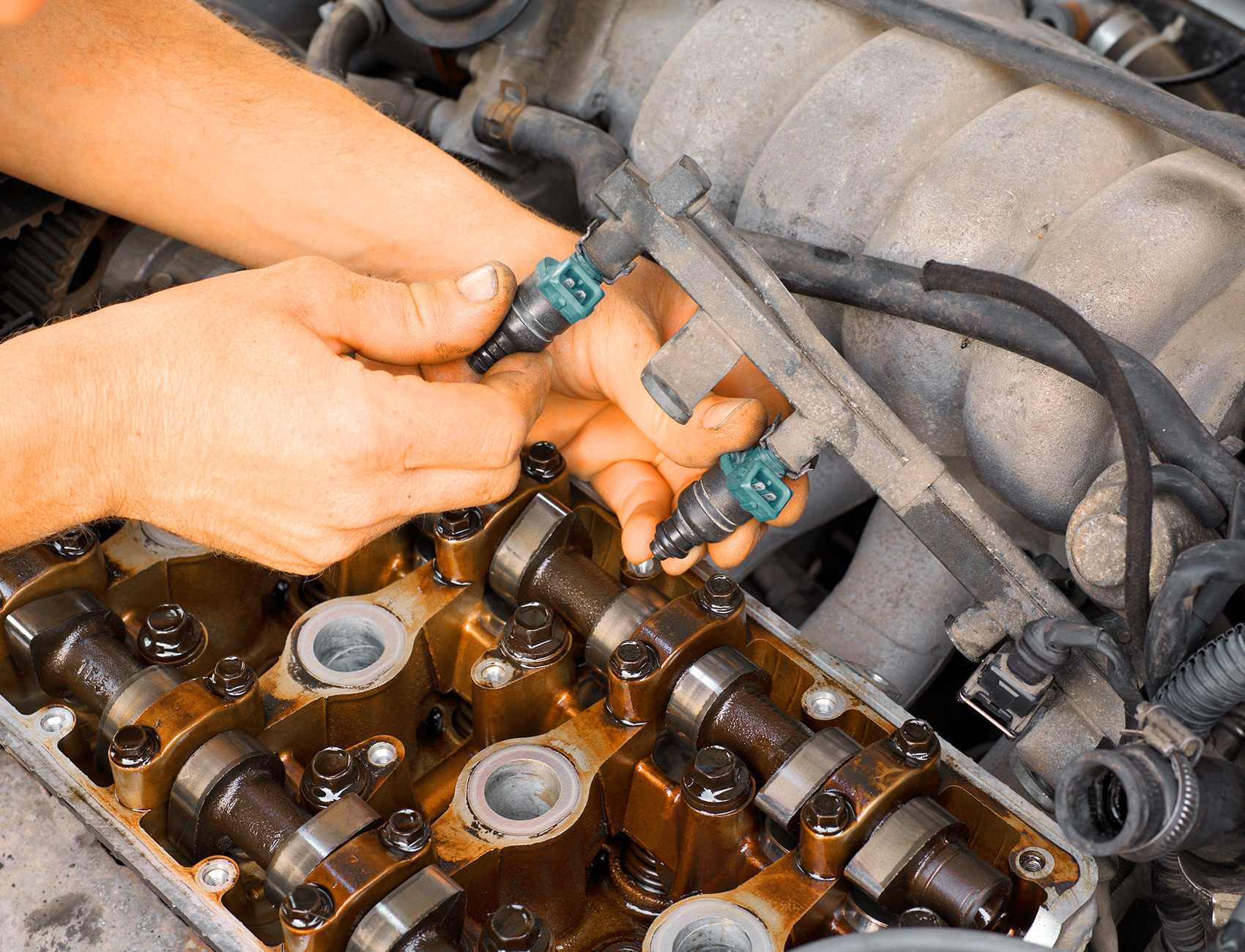
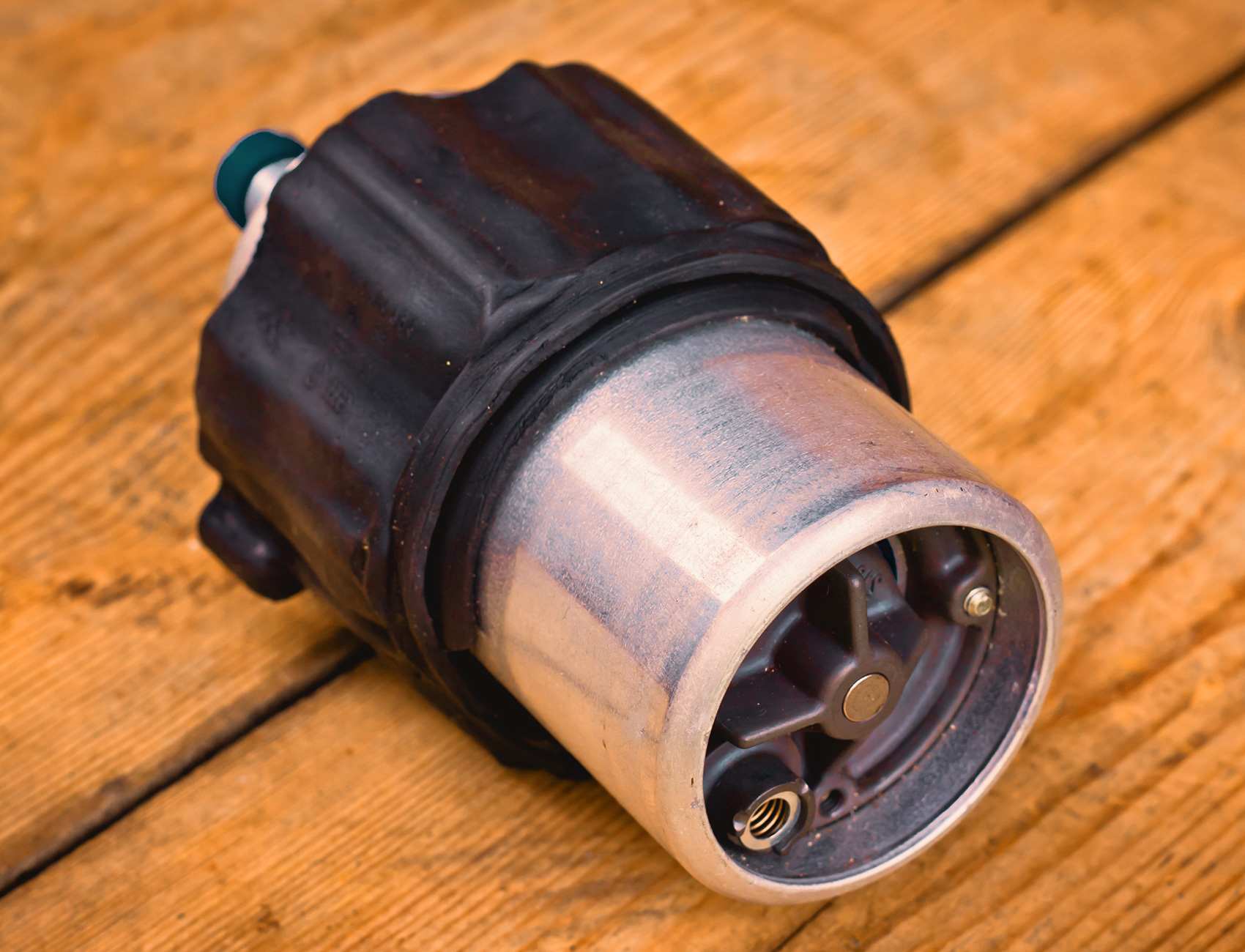
Bad Fuel Pump
Driving your vehicle while it's low on fuel makes the fuel pump work harder, which can make it overheat and fail prematurely. A weak fuel pump may cause the engine to run lean, misfire, hesitate upon acceleration, or trigger a no-start condition.
-
Parts Cost: $50 - $100
Buy from -
Labor Cost: $80 - $300
Sensor and Module Problems
Faulty sensors and a defective powertrain control module (PCM) may negatively affect your vehicle’s fuel delivery and spark timing.
A
couple of examples of defective sensors that may contribute to an engine misfire include the crankshaft position sensor and mass air flow (MAF)
sensor.
Faulty Crankshaft Position Sensor
The crankshaft position sensor monitors the crankshaft’s rotational speed to regulate ignition and fuel injection processes. It may produce a weak or erratic signal due to corrosion, damage, or misalignment. As a result, the PCM may lose its timing reference and cause the engine to misfire.
-
Parts cost: $20 - $50
Buy from -
Labor cost: $100 - $170
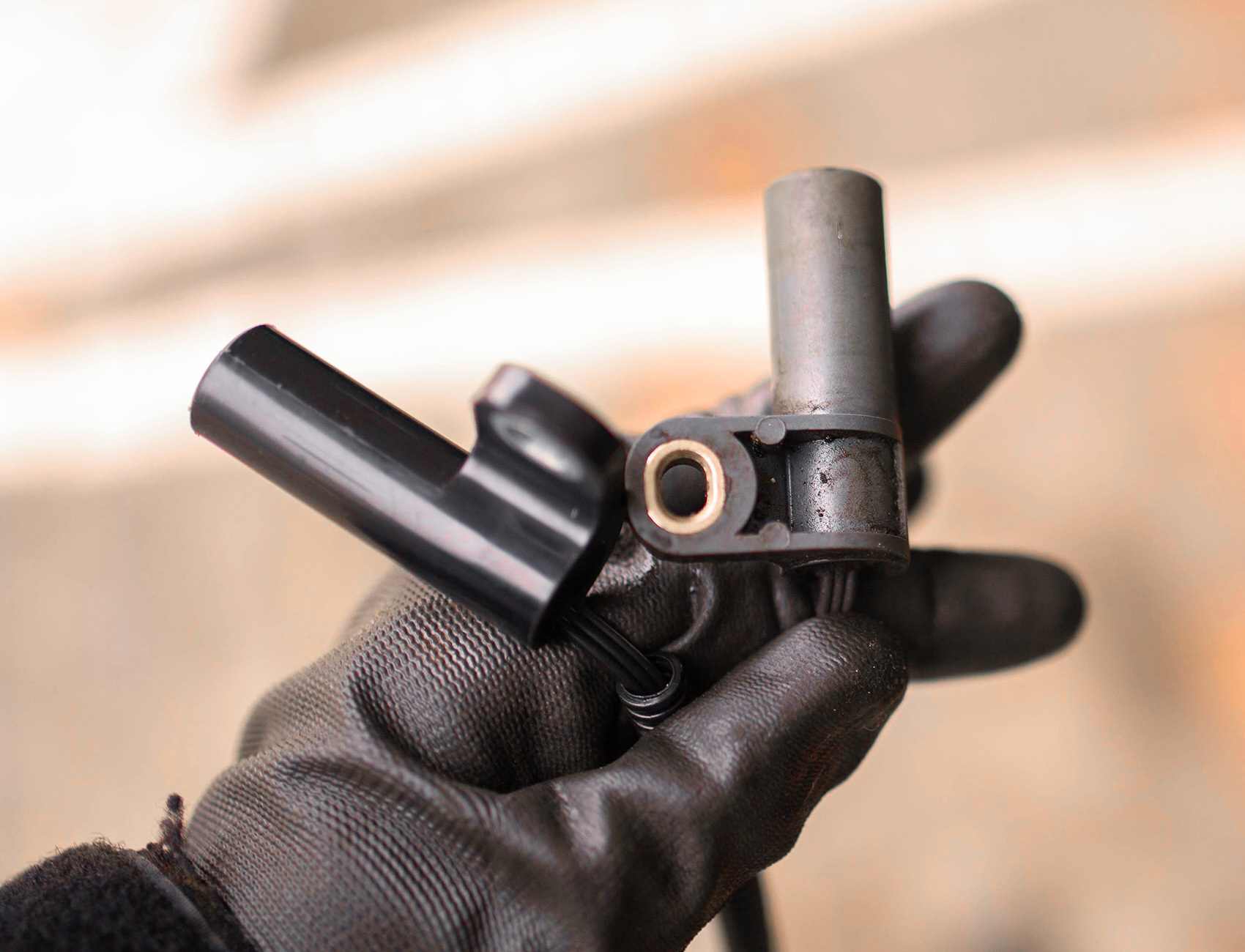
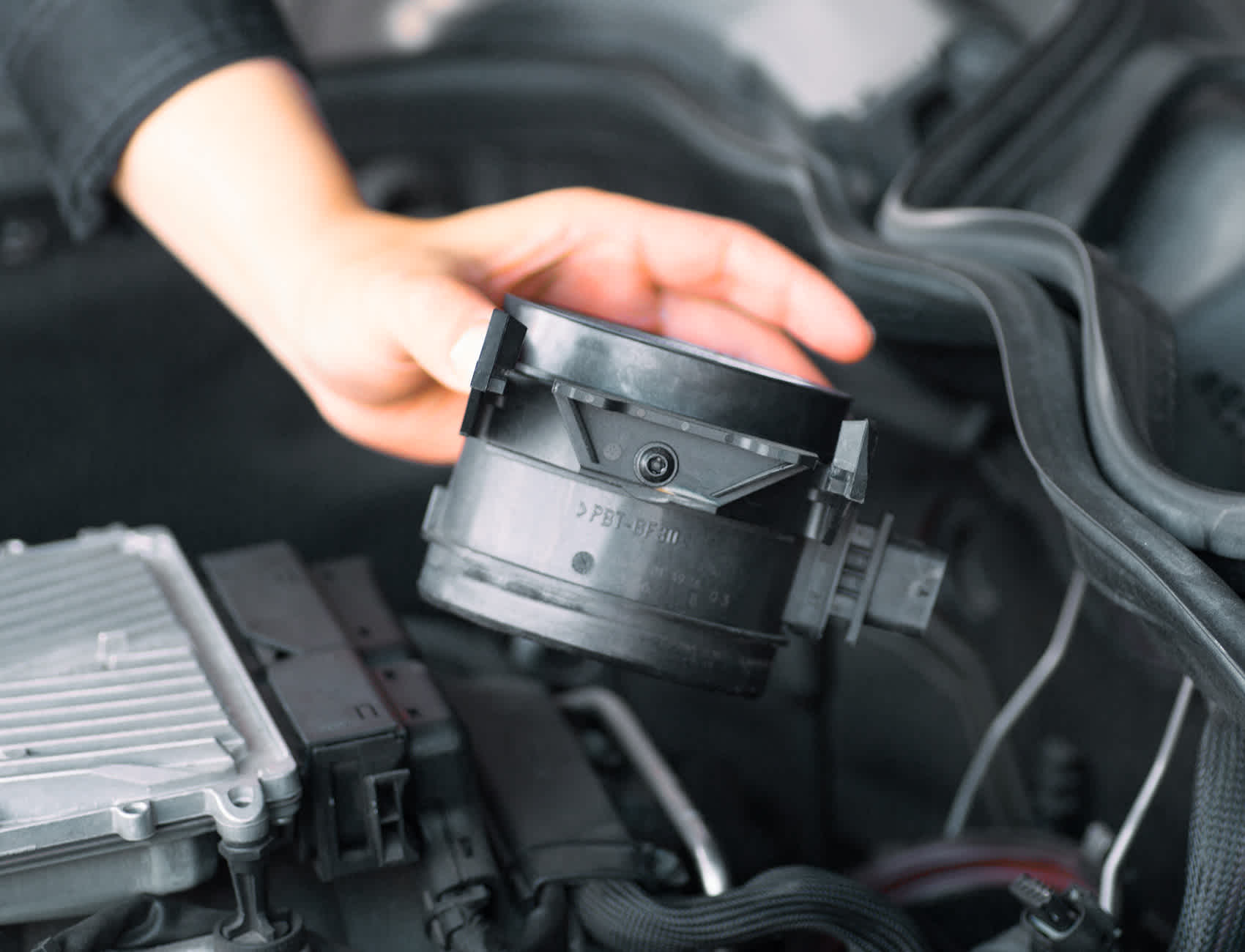
Faulty MAF Sensor
The mass air flow sensor measures the air that enters the engine. The PCM uses the data to calculate the amount of fuel needed to maintain the ideal air-fuel mixture. If the sensor fails or gets contaminated, it can send inaccurate signals to the vehicle’s computer, which may compromise the combustion process.
-
Parts Cost: $20 - $80
Buy from -
Labor Cost: $30 - $80
Engine Mechanical Problems
Internal engine problems are an often overlooked cause of an engine misfire. A variety of mechanical
problems can cause a loss of
compression that results in a misfire. One example is worn-out piston rings.
Worn-Out Piston Rings
The pistons inside of the engine compress the air/fuel mixture for proper combustion. Each piston has two compression rings that seal the cylinder to prevent a loss of compression. A worn-out piston ring won’t be able to seal the cylinder and cause fuel to leak from the chamber, which may lead to an engine misfire. It may also cause gray-white smoke to come out from the tailpipe.
-
Parts Cost ($20 - $60)
Buy from -
Labor Cost ($900 - $1800)


Circuit Problems
Faulty wiring from sensors may cause an engine misfire due to the inaccurate data that the vehicle’s computer receives. Damaged wiring to output devices, such as the ignition coils or fuel injectors, can also cause a misfire. As a result, the vehicle’s on-board diagnostics (OBD) system may log a series of DTCs.
-
Parts Cost ($20 - $70)
Buy from -
Labor Cost ($80 - $150)
Other Causes
The Best Way to Prevent Engine Misfires
There’s no better way to prevent engine misfires than by sticking to your vehicle’s maintenance schedule. Regular checks will help you identify the parts you need to replace to maintain your vehicle’s optimal performance.
Also, don’t disregard an illuminated check engine light. Have your vehicle checked by a certified mechanic right away to prevent minor issues from getting worse.

About CarParts.com
For over 20 years, CarParts.com has been a leader in the e-commerce automotive aftermarket, providing collision, engine, and performance parts and accessories. With over 50 million parts delivered, we've helped everyday drivers across the contiguous United States find the right parts to keep their vehicles on the road.
With a focus on the end-to-end customer experience, we've designed our website and sourcing network to simplify the way drivers get the parts they need. Our vehicle selector and easy-to-navigate, mobile-friendly website offer customers guaranteed fitment and a convenient online shopping experience. And with our own wide distribution network, we bring the very best brands and manufacturers directly to consumer hands, cutting out all the brick-and-mortar supply chain costs to provide quality parts at a discount for our loyal customers. Combined with our 60-day return policy and satisfaction guarantee, CarParts.com makes it simple for customers to get parts delivered straight to their door. CarParts.com is headquartered in Torrance, California.



